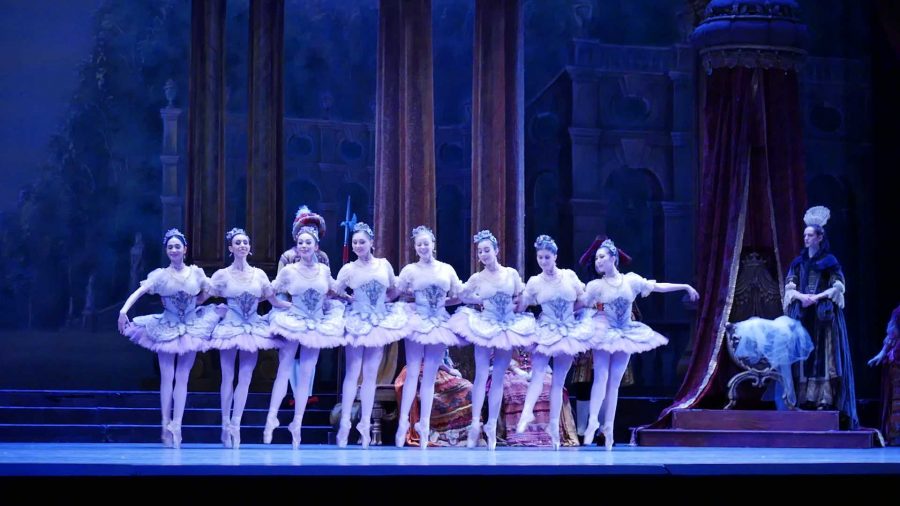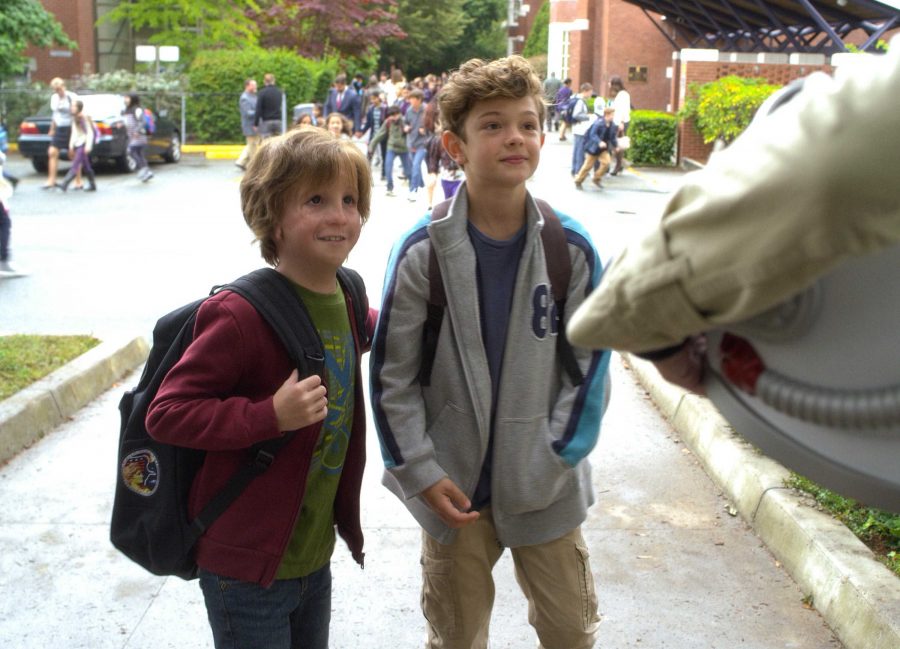By Sophia Simeone
Staff Writer
It’s been almost a year since we received official confirmation that “Gilmore Girls: A Year in the Life” was in the works. For some hardcore “Gilmore” fans, the announcement kicked off eleven months of excitement and fervent speculation. For others, it was a prolonged exercise in suppressed expectations. If “Arrested Development” and “The X-Files” have taught us anything, it’s to hope for the best and expect the worst where revivals are concerned.

Still, there was plenty to inspire optimism in “Gilmore” fans—especially the return of the show’s creator, Amy Sherman-Palladino. Due to a contract dispute with the CW, Palladino left the show after its sixth season; in the years since, her departure has become the stuff of fandom legend.
According to Palladino, the show’s intended conclusion was planned years in advance, down to the last four words. Since 2007, fans have sought an answer to the impossible question: what are the final four words?
On Nov. 25, the four words were finally revealed. (Most) of our questions were answered. Our old favorites returned, albeit older and more wrinkled. We revisited the streets of Star’s Hollow, Luke’s diner, and the Dragonfly Inn. We attended Friday night dinner. These things felt familiar, nostalgic, true to the spirit of the show.
But a six-hour miniseries cannot live on nostalgia alone. Free of the restrictions of cable TV, Palladino and her husband/co-writer, Dan, were given much more creative space than they were during the series’ original run.
We must be thankful for this gift, as the lack of restriction is what made it possible for Emily Gilmore to use the word “bullshit.” However, the structureless format resulted in uneven storytelling. Plot development in “A Year in the Life” often takes a backseat to comic whimsy and fan service. I love small-town quirkiness as much as the next gal, but was a fifteen-minute musical sequence about Star’s Hollow really necessary? And did we really need another Kirk Gleason short film? I’m not saying I didn’t squeal with joy when I saw the words “a second film by kirk” appear onscreen. But it was a diversion—one of many—that took time away from the main characters and their respective arcs.
It seemed as if every time a new plot point was introduced, the story veered off course into a veritable minefield of uber-quirk nonsense.
It’s why revivals are both a blessing and a curse. It’s sweet and oh so satisfying to revisit our favorite characters, but when the show relies too heavily on fan service and nostalgia, the viewer is robbed of new content.
This is not to say “A Year in the Life” did not have its strong points. There were plenty of scenes that perfectly channeled the drama and emotionality of the original series. The main cast deliver exceptional performances.
Lauren Graham and Kelly Bishop are terrific, portraying the tangled Emily-Lorelai relationship with equal parts subtlety and humor. Alexis Bledel, a timid twenty-something in the original series, has grown into a talented actress, skillfully navigating the moral ambiguity of an older, less-than-innocent Rory Gilmore.
In the supporting cast, Liza Weil shines, attacking the role of Paris Geller with the same fiery gusto that she did in 2007. And the show pays excellent tribute to the late Edward Hermann, who played patriarch Richard Gilmore. Much of the story centers around Richard’s death and how his wife, daughter, and granddaughter adjust to the loss.
Despite “A Year in The Life”’s flaws, the Palladinos are able to maintain the rich emotional complexity that has made “Gilmore Girls” such an enduring classic. The final installment, “Fall”, packs an emotional punch to the gut guaranteed to reduce any longtime fan to blubbering tears.
If you’ve never seen the original series, I recommend you start there before you dive into the new episodes. But if you’re familiar with the show, “A Year in the Life” is undoubtedly worth the watch. After nine years of waiting, “Gilmore” fans were finally given the ending that they felt they deserved.

















